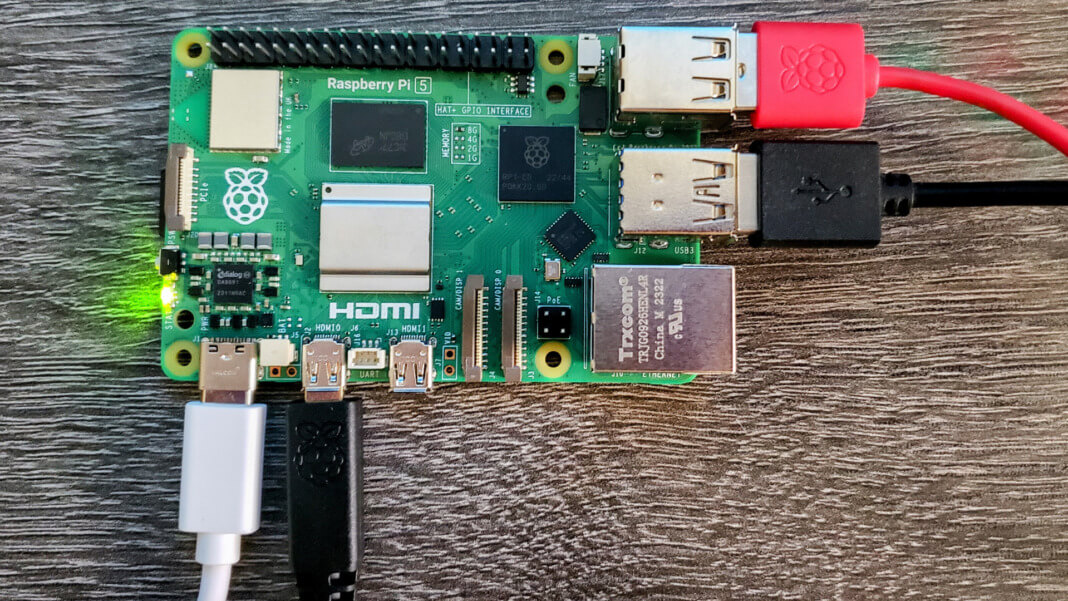The Raspberry Pi, a renowned microcomputer, continues to pique the interest of tech enthusiasts. With the release of Raspberry Pi 5 on 27 September 2023, the excitement reaches a new pinnacle. The latest iteration comes with promising enhancements in performance, availability, and pricing, broadening the scope for hobbyists and professionals to exploit this compact yet powerful device.
More muscle under the bonnet
The Raspberry Pi 5 now boasts a 2.4GHz quad-core ARM Cortex-A76 CPU and an increased RAM capacity, ensuring it has the mettle to tackle demanding tasks. This upgrade in specifications leads to a more fluid multitasking and a snappier user experience. Notably, this is the first Raspberry Pi to house in-house silicon, marking a significant stride in its technological evolution. Powering this microcomputer is a 64-bit quad-core processor, providing a performance boost of two to three times compared to the Raspberry Pi 4, which was released four years ago. Accompanying this is an 800MHz VideoCore VII graphics chip, which, as per the Raspberry Pi Foundation, offers a “substantial uplift” in graphics performance.
Broadening horizons with better connectivity
Connectivity has received a substantial enhancement with the integration of Wi-Fi 6 and Bluetooth 5.2, placing the Raspberry Pi 5 a notch above its predecessors. These upgrades ensure swifter wireless speeds and extended range, paving the way for a more versatile deployment in numerous projects. Moreover, the new southbridge component, dubbed the RP1, engineered by the Raspberry Pi Foundation, facilitates enhanced communication with peripherals, promoting faster transfer speeds to external UAS drives and other devices. The inclusion of two four-lane 1.5Gbps MIPI transceivers permits connections to two cameras or displays, and a new single-lane PCI Express 2.0 interface provides support for high-bandwidth peripherals, albeit requiring a separate adapter like an M.2 HAT (Hardware Attached on Top).
Pocket-friendly price for endless possibilities
Despite these advancements, the Raspberry Pi 5 remains an accessible option with a starting price of US$60. There are two RAM variants available: US$60 for the 4GB version and US$80 for the 8GB version, slightly higher than the pricing of Raspberry Pi 4 but justifiable with the notable upgrades. The new model retains its affordability, ensuring that the culture of innovation within the Raspberry Pi community continues to flourish. With ports galore, including dual 4Kp60 HDMI display outputs, a microSD slot, USB ports, gigabit ethernet, and a 5V DC power connection via USB-C, along with enhanced SD card performance, the Raspberry Pi 5 stands as a more versatile gadget. Be it serving as an ultra-budget desktop PC, a media server, or a DIY security system, the possibilities with Raspberry Pi 5 are boundless. It’s anticipated to be available for purchase before the end of October, making it an awaited gadget for many.





